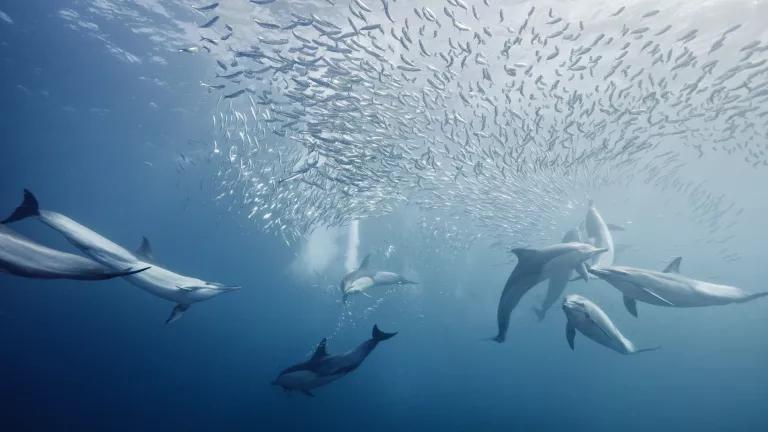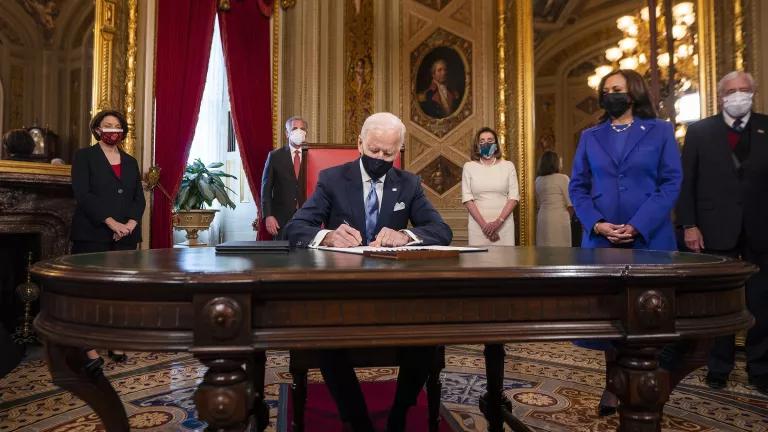
The fact sheet How the Magnuson-Stevens Act Is Helping Rebuild U.S. Fisheries recounts how the United States has made remarkable strides toward restoring overfished populations to healthy, sustainable levels.
The Magnuson-Stevens Fishery Conservation and Management Act (MSA), first enacted in 1976, works to protect and rebuild the United States’ ocean fish and shellfish populations. Rebounding fish populations create jobs, support coastal economies, repair damaged marine ecosystems, improve ocean resilience to climate change, and increase recreational fishing opportunities.
In the early 1990s, many of our nation’s fish populations were in decline or depleted because of overfishing. In response, Congress amended the MSA in 1996, requiring managers to develop rebuilding plans for all overfished stocks. These plans must ensure that overfished stocks are rebuilt to sustainable levels in as short a time as possible, not to exceed 10 years, with certain exceptions. Because of its rebuilding mandate, the MSA is working to bring back our fisheries—and with them, significant ecological and economic benefits.





